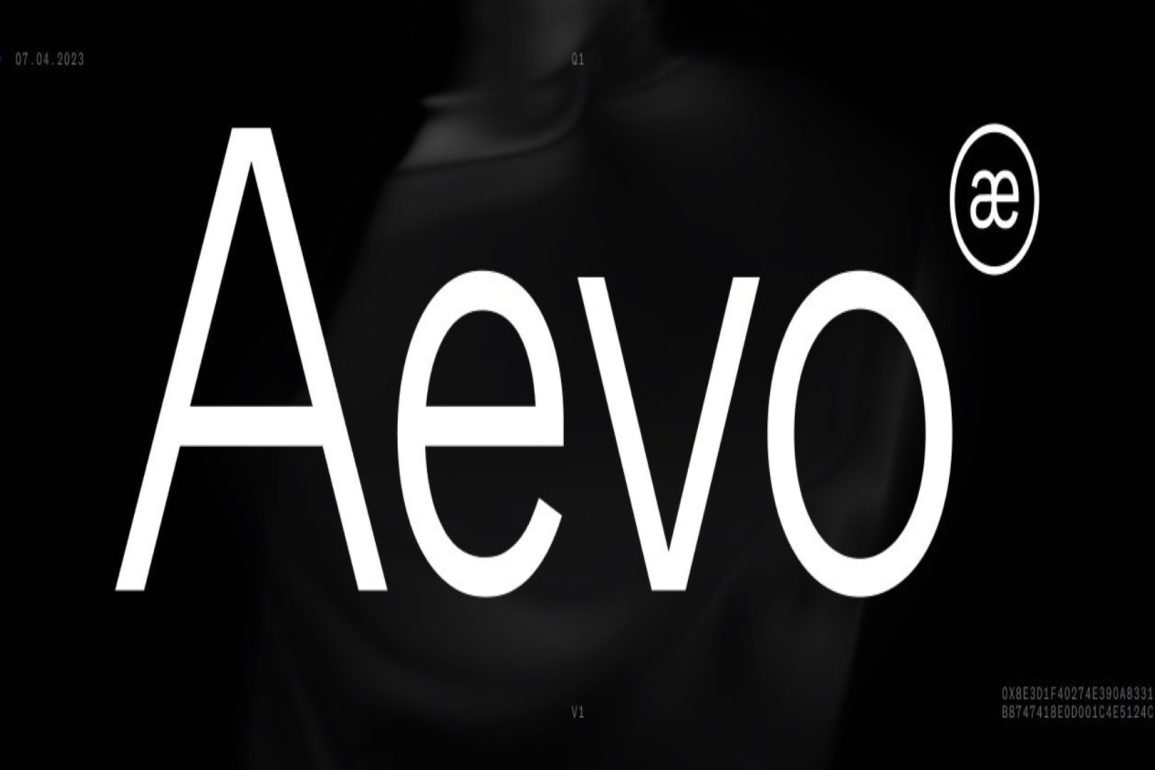- Summary:
- By enabling options trading in several altcoins, Aevo has opened the door for investors to profit from price movement beyond BTC, SOL and ETH
Ribbon Finance’s Aevo, a decentralised order-book exchange, has teamed up with market-making firms Galaxy and GSR to introduce Altcoin options trading. The move could have a major impact on a crypto options trading market dominated by Bitcoin, Ether, and Solana. For a long time, investors have been missing out on the opportunity to benefit from other altcoin options.
The Aevo Altcoin Options Product: What to Expect
Users can now trade options linked to altcoins, a functionality that was previously only available through an OTC desk. Aevo is built on a customised EVM rollup optimised for Ethereum’s scalability and security. The platform has teamed up with institutional-level liquidity providers like Galaxy, GSR and Orbit to allow users to trade altcoin options with greater confidence.
Options are a type of derivative contract that provide the buyer with a hedge against price movement, either as an increase or decrease. Buyers of call options on Aevo can get leveraged exposure to the underlying asset, while purchasers of put options protect themselves from a decline in the value of that asset. Initially, 13 altcoins will be available for trade throughout Aevo OTC’s weekly, biweekly, and monthly maturities.
Crypto traders who specialise in tokens with modest market caps can now implement strategies like spreads or combinations of spot/futures and options thanks to the availability of onchain cryptocurrencies options. Options purchased on Aevo must be held until expiration or settled prior to expiration. In the future, Aevo intends to let customers write options with individualised margins and selected counterparties.
Liquidity providers are required to post an initial 30% USDC margin with the platform. On the other hand, market makers are to post extra margin based on the mark-to-market value of a trade. What Aevo calls their “portfolio margin” system. When determining a portfolio’s real-time margin requirements, the portfolio margin system balances out profitable and unprofitable positions. Aevo’s implementation of portfolio margin significantly boosts the cost-effectiveness of on-chain option trading.


